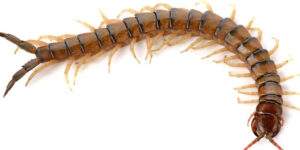Millipedes Brooklyn NY Spider Centipede Cricket Flies Bees Flea Pest Control

Millipedes Brooklyn NY Spider Centipede Cricket Flies Bees Flea Pest Control
Telephone: 718 717 8298
Brooklyn NY Spider Centipede Cricket Flies Bees Flea Pest Control are available 24 hours a day 7 days a week. We focus on removing millipedes from your property. Please feel free to call us to get started with the process. Your family and pets will be safe after we apply our industry leading pest control exterminator’s solutions.
Most millipedes are slow-moving detritivores, eating decaying leaves and other dead plant matter. Some eat fungi or suck plant fluids, and a small minority are predatory. Millipedes are generally harmless to humans, although some can become household or garden pests. Millipedes can be unwanted especially in greenhouses where they can cause severe damage to emergent seedlings. Most millipedes defend themselves with a variety of chemicals secreted from pores along the body, although the tiny bristle millipedes are covered with tufts of detachable bristles. Reproduction in most species is carried out by modified male legs called gonopods, which transfer packets of sperm to females.
Millipedes are a group of arthropods that are characterized by having two pairs of jointed legs on most body segments; they are known scientifically as the class Diplopoda, the name being derived from this feature. Each double-legged segment is a result of two single segments fused together. Most millipedes have very elongated cylindrical or flattened bodies with more than 20 segments, while pill millipedes are shorter and can roll into a ball. Although the name “millipede” derives from the Latin for “thousand feet”, no known species has 1,000; the record of 750 legs belongs to Illacme plenipes. There are approximately 12,000 named species classified into 16 orders and around 140 families, making Diplopoda the largest class of myriapods, an arthropod group which also includes centipedes and other multi-legged creatures.

